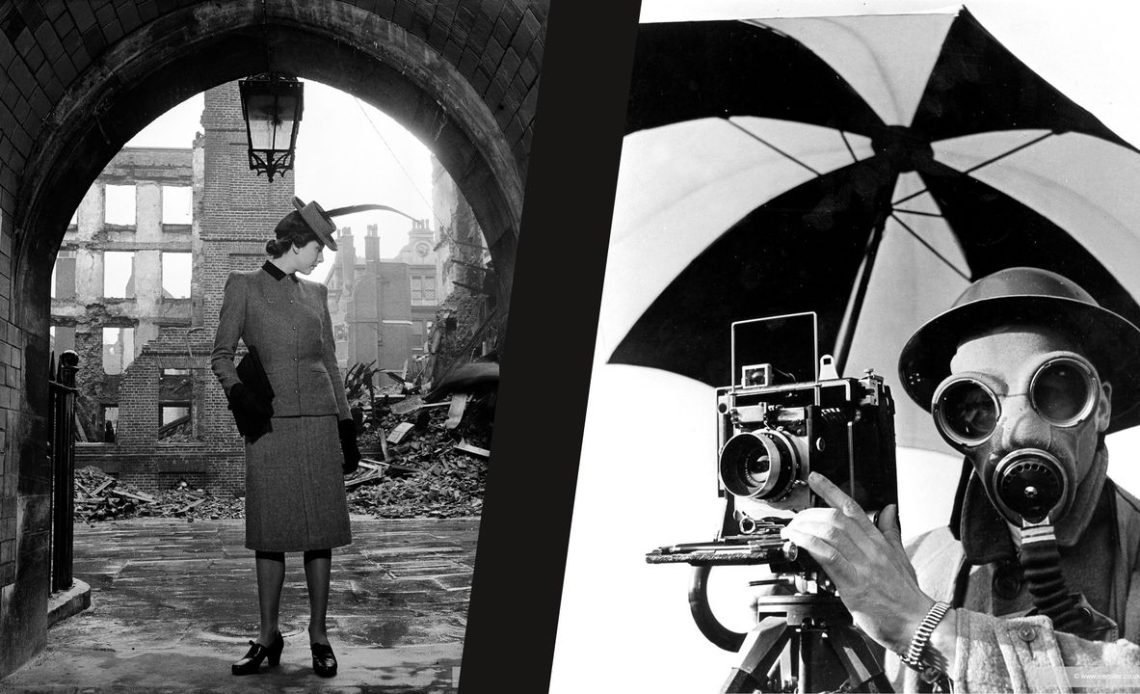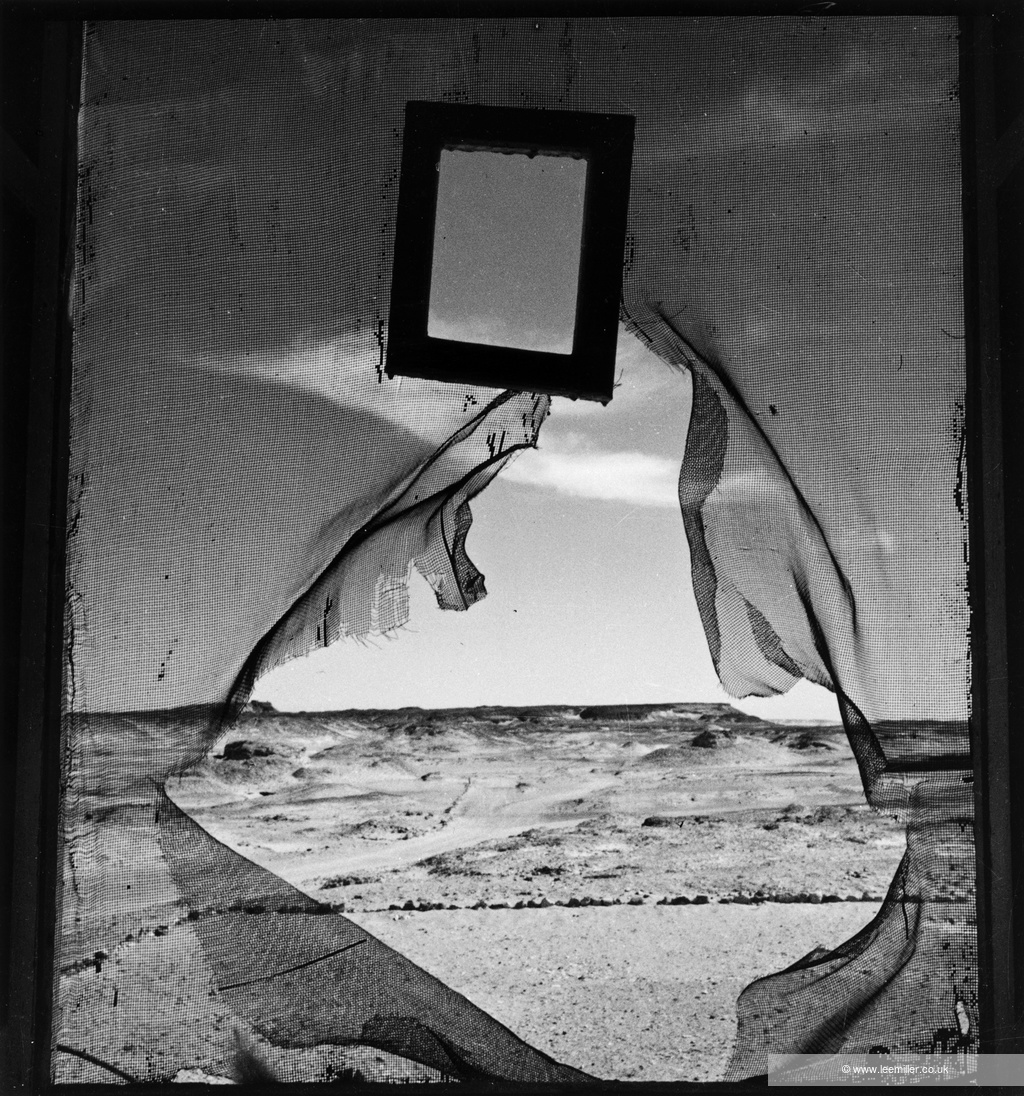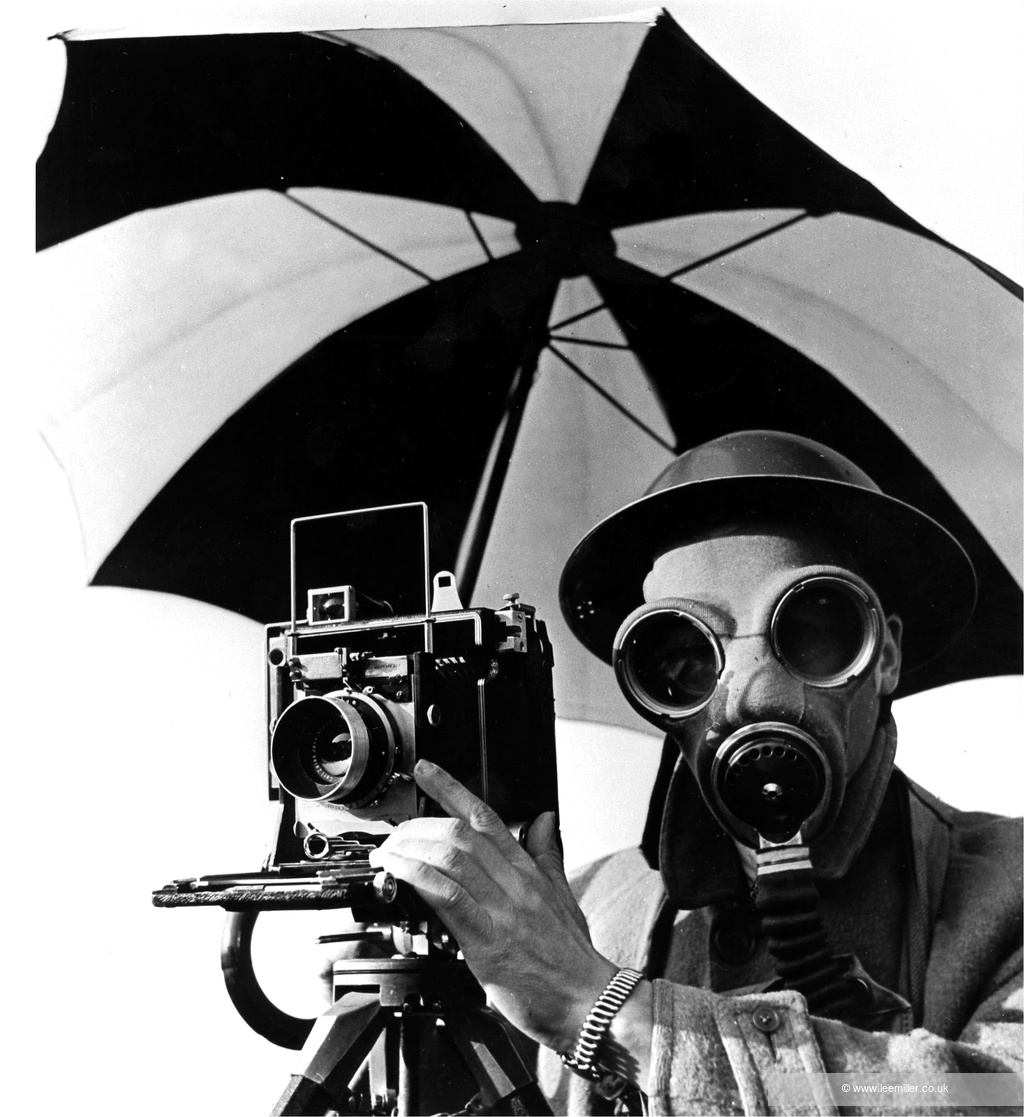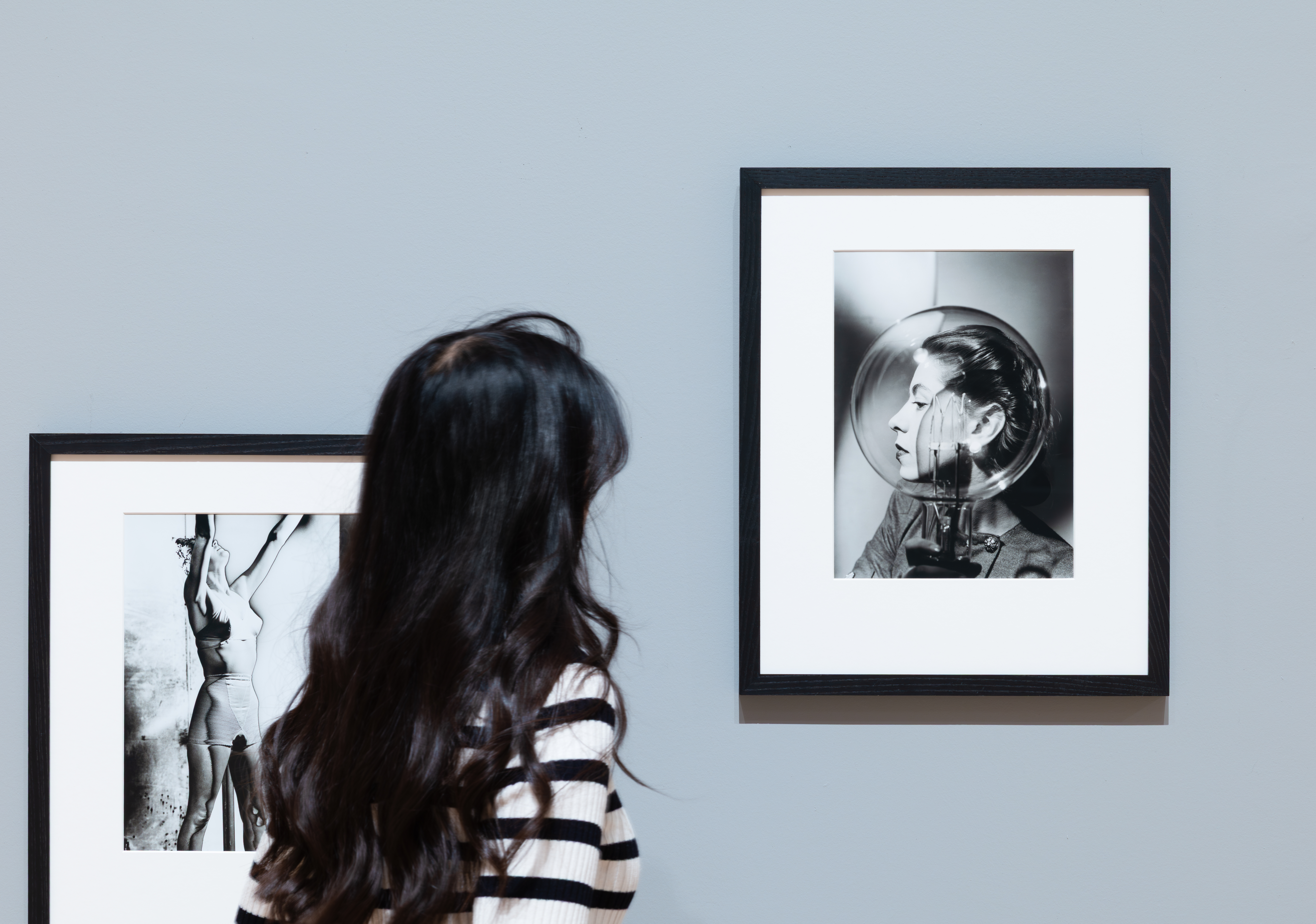
This autumn, Tate Britain is presenting the UK’s largest-ever retrospective of Lee Miller, a photographer whose life and work continue to fascinate and inspire photographers.
Running until February 15, 2026, it brings together around 230 prints, unseen archive materials, and various ephemera, tracing Miller’s extraordinary evolution from surrealist muse to war correspondent and visionary artist in her own right.
If you’ve read my previous pieces on the film Lee or the recent books that explore her life, you’ll already know I consider her one of the most vital figures in 20th-century photography. This exhibition feels like the moment she takes up the space she deserves, not just as Man Ray’s muse or as a Vogue model, but as one of the great modern photographers.

Born in New York in 1907, Miller’s life reads like fiction: model, surrealist, photojournalist, war correspondent. After being photographed by the likes of Edward Steichen and Cecil Beaton, she switched sides of the camera and moved to Paris, working with Man Ray, where together they explored solarisation, a technique that gave ordinary portraits a spectral, dreamlike quality.
Tate will be showing the newly discovered Sirène (Nimet Eloui Bey), which perfectly captures that alchemy of chance and control that defined early surrealist photography.
But what’s most exciting about this exhibition is how it reframes Miller’s work beyond surrealism. Her photographs of Parisian streets, Egyptian deserts, and Cairo interiors reveal a curiosity and a mind constantly searching for form and meaning in the world around her. Her 1937 image, Portrait of Space, taken in the Siwa Oasis, remains one of the defining images of modern photography, a literal and metaphorical window into her way of seeing.

When the war broke out, she reinvented herself yet again. Moving to London, Miller began working for British Vogue, documenting life during the Blitz with a sense of irony and realism. Photographs like Fire Masks (1941) show her ability to find beauty and absurdity in chaos.
Later, as one of the few accredited female war correspondents, she documented the liberation of Europe, producing images that still haunt and define the visual memory of that era.
Her most famous photograph, the portrait of herself bathing in Hitler’s bathtub, taken in Munich in 1945, remains one of the most powerful and complex self-portraits of the 20th century. It’s a piece of performance and journalism all in one frame.
But what I find most inspiring about Lee Miller is not just her work, but her adaptability. She reinvented herself constantly, without apology. She could move between fashion, art, and war without losing her voice, something I think all photographers can learn from in an age that demands we fit into neat categories.
If you’re in London before 15 February 2026, Lee Miller at the Tate Britain is a must-see. It’s a chance to experience the full breadth of Miller’s vision. I highly recommend booking in advance so you can pick the best timeslot for your visit.

Author: Kalum Carter
Source: DigitalCameraWorld
Reviewed By: Editorial Team



